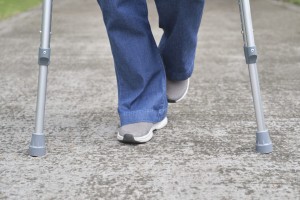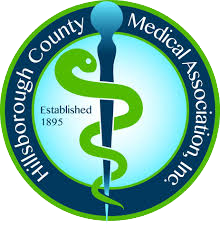 Have you been told that you need to undergo fracture repair surgery? If so, you’re probably wondering what to expect following the procedure. What will your recovery look like? And will there be any restrictions or limitations on your activities? We’ve got the answers you need below.
Have you been told that you need to undergo fracture repair surgery? If so, you’re probably wondering what to expect following the procedure. What will your recovery look like? And will there be any restrictions or limitations on your activities? We’ve got the answers you need below.
What Does Fracture Surgery Involve?
Before discussing the fracture surgery recovery process, it may be helpful to explain exactly what this procedure involves. In many cases, fractures can be treated by moving the bone fragments back into proper position and applying a cast or a splint (this is known as a “closed reduction”). But in some instances—such as when a break is especially severe or affects a joint—an orthopaedic surgeon will need to secure the bone fragments in place using metal pins, screws, rods, or plates (this is referred to as an “open reduction internal fixation”). Or, they might have to stabilize the bones using an external fixation device.
What to Expect During Recovery From Fracture Surgery
If you choose to proceed with fracture surgery, your surgeon will provide you with detailed instructions on what to do (and not do) both before and after the procedure. It’s important to carefully follow these directions, as they’ll be tailored to your specific circumstances.
Certain types of fractures take longer to heal than others. With that said, recovery from fracture surgery often takes several weeks or months. During that time, patients should generally:
- Keep the area around the incision clean and dry
- Monitor the incision for signs of infection
- Take pain medication as prescribed
- Ice and elevate the broken limb
- Eat a nutritious diet rich in calcium and vitamin D
- Attend any scheduled follow-up appointments
Should You Restrict Your Activities During Recovery?
During the weeks and months following fracture surgery, you’ll need to avoid doing anything that might reinjure the bone in question. The precautions you’ll have to take will vary depending on the location of your fracture (for example, a broken leg will require different restrictions than a broken arm).
While it’s important to rest and allow your injury time to heal, you shouldn’t stop exercising entirely. Your orthopaedic surgeon may recommend that you attend physical therapy while you recover from fracture surgery, and they might also show you certain exercises to perform at home to help regain your strength, flexibility, and range of motion. Exercise can also boost blood flow, which can in turn aid in the healing process.
The Team to Choose for Fracture Surgery in Tampa Bay
If you’ve been told that you need fracture surgery and you’re in Tampa, Florida, or the surrounding area, you can turn to Dr. Daniel Murphy and the knowledgeable team at Tampa Orthopaedic and Sports Medicine Group, a division of Florida Medical Clinic. Dr. Murphy is a board-certified orthopaedic sports medicine surgeon with more than 25 years of experience, and he regularly performs fracture surgery for patients in the Tampa Bay community. Contact us today to schedule a consultation.












